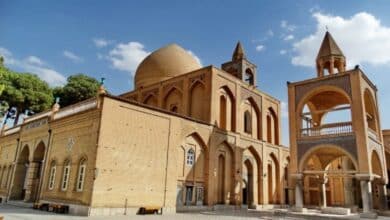Exploring the Elamite Civilization: A Guide to Ancient Iran’s Legacy
Cyrus the Great’s Vision for a Vast Empire
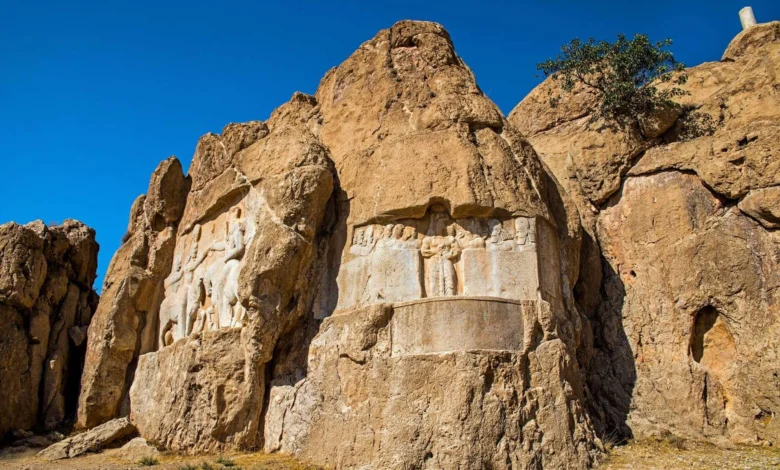
Picture yourself standing before the majestic Ziggurat of Chogha Zanbil, a testament to the ingenuity of the Elamite civilization. For over three millennia, the Elamites, a native people of southwest Iran, forged a powerful kingdom that dominated Sumer and Babylon.
This comprehensive guide invites first-time travelers and history enthusiasts to explore the Elamite civilization, its storied rulers, vibrant culture, and the archaeological wonders that await in modern-day Iran. From the sacred city of Susa to the intricate reliefs of Kul-e Farah, join us on a journey through one of antiquity’s most fascinating empires.
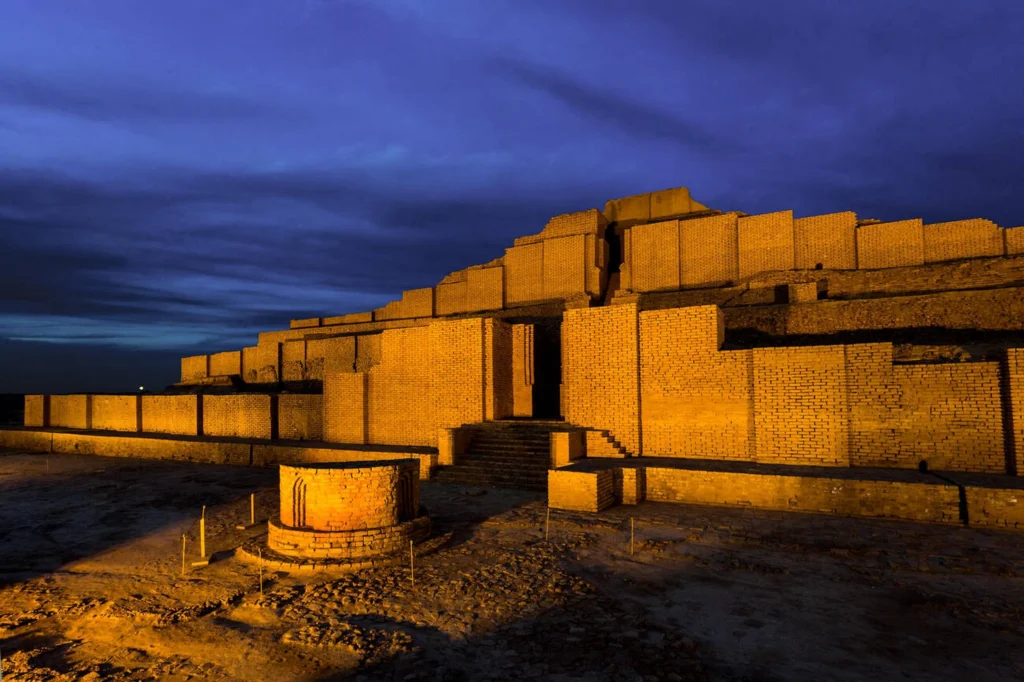
Contents
The Origins and Rise of the Elamite Civilization
The Elamite civilization emerged around 2700 BCE in southwest Iran, predating the arrival of Aryan tribes. Known to its people as Hatamti, or “land of the gods,” Elam established its first kingdom in Susa, a city that became its political and cultural heart.
Over three thousand years, the Elamites expanded their influence, conquering parts of Mesopotamia and shaping the ancient Near East’s political landscape. Their ability to dominate Sumer around 2000 BCE and seize Babylon marked them as a formidable force, leaving a legacy that resonates today.
The Elamites thrived in a rugged, mountainous region, which shaped their resilient character. Their strategic location between Mesopotamia and the Iranian plateau allowed them to control trade routes and exert influence over neighboring powers. Historians divide Elamite history into three distinct periods: Old Elam, Middle Elam, and Neo-Elam, each marked by significant achievements and challenges.
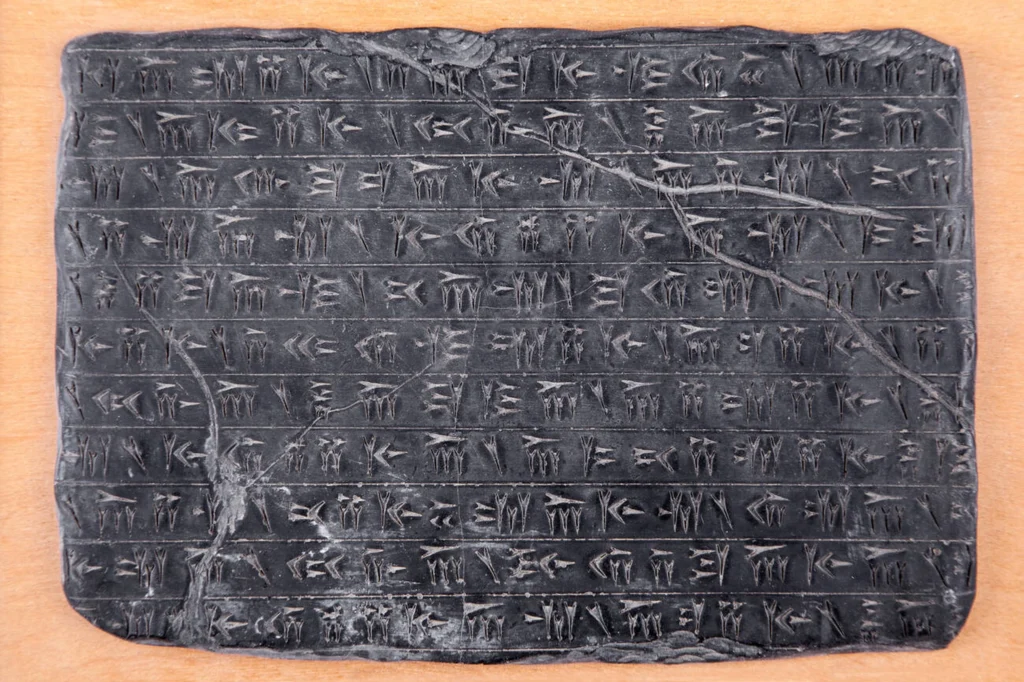
Old Elam: The Foundations (2700–1600 BCE)
The Old Elam period, spanning 2700 to 1600 BCE, marks the dawn of Elamite governance. Three dynasties—Awan, Simashki, and the Sukkalmah—ruled during this era, though limited records survive. Inscriptions from Babylon provide glimpses of these early rulers, whose names echo in ancient texts. The Sukkalmah, named after the title “great regent,” were particularly influential, consolidating power in Susa.
Life in Old Elam was shaped by its mountainous terrain, which isolated the region from major trade routes. This rugged environment fostered a hardy, warlike people, adept at surviving in challenging conditions. Despite their isolation, the Elamites laid the groundwork for a civilization that would later rival Mesopotamian powers.
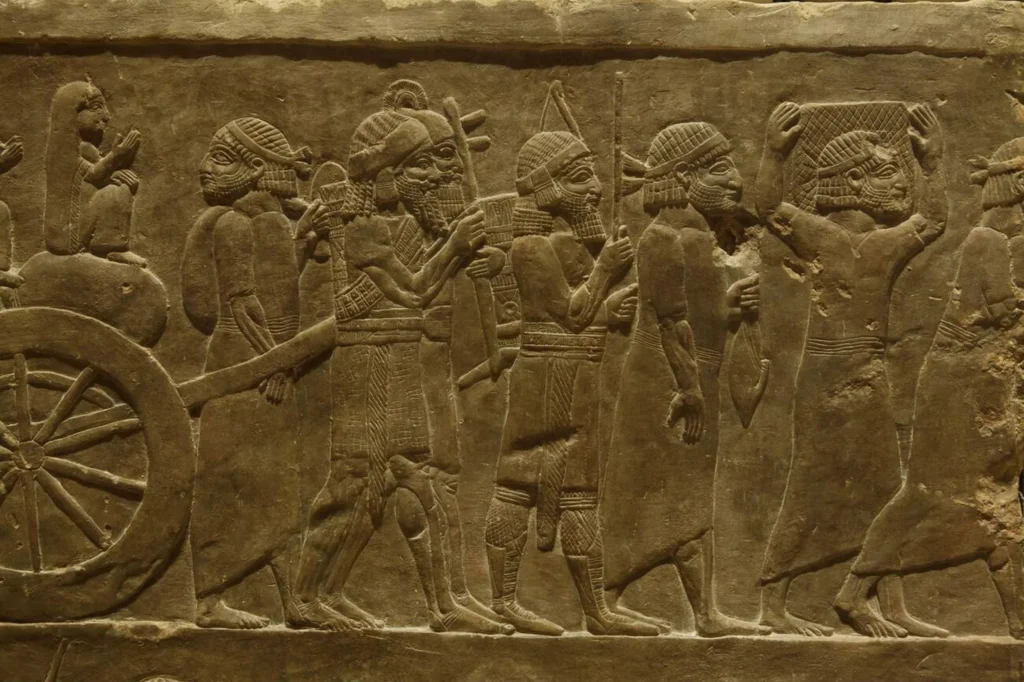
Middle Elam: The Golden Age (1500–1100 BCE)
The Middle Elam period, from 1500 to 1100 BCE, represents the zenith of Elamite culture, economy, and architecture. Rulers abandoned the Sukkalmah title, adopting “King of Susa and Anshan” to reflect their expanded domain.
This era saw the construction of grand temples and the iconic Ziggurat of Chogha Zanbil, a architectural marvel comparable to Egypt’s pyramids. The Elamites developed a distinct identity, moving away from Mesopotamian influences to create a uniquely Elamite culture.
BOOK ONLINE
Tehran Hotels
Conflicts with Assyria defined this period, culminating in Kutir-Nakhunte’s conquest of Babylon. This victory forged a powerful Elamite-Babylonian alliance against Assyria, solidifying Elam’s regional dominance. The Middle Elam era’s artistic and architectural achievements, particularly in Susa and Chogha Zanbil, remain some of the most enduring symbols of Elamite greatness.
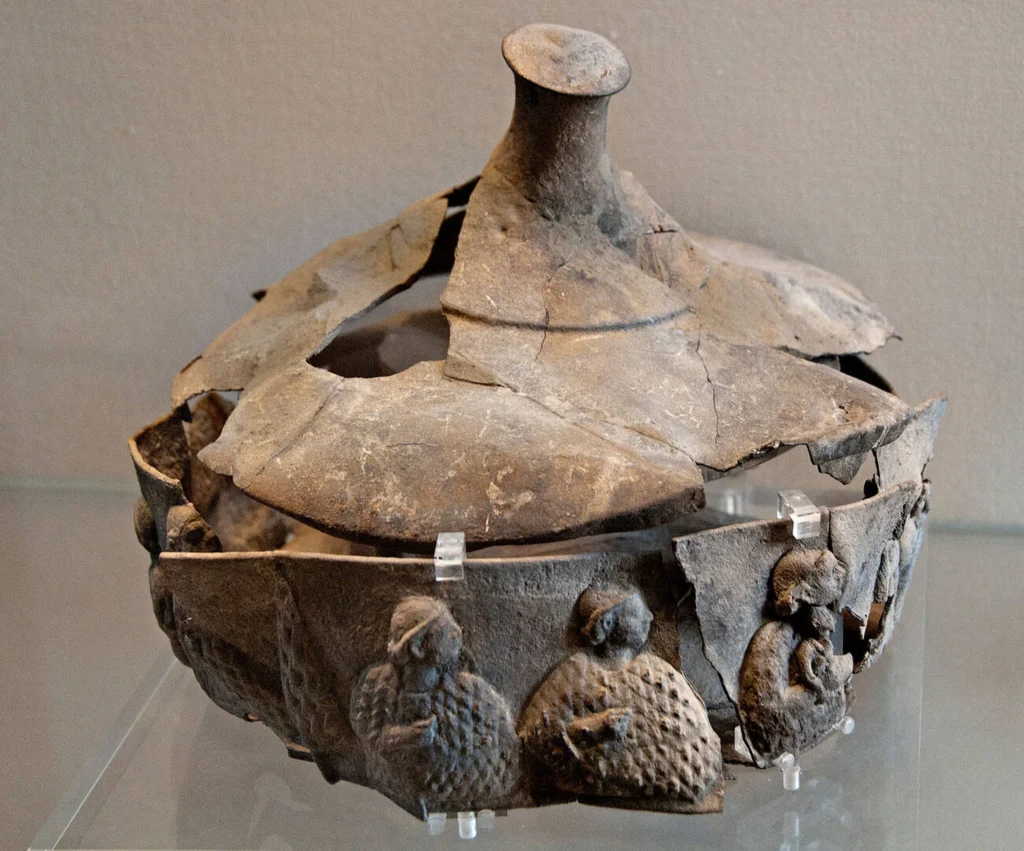
Neo-Elam: Challenges and Decline (1100 BCE–539 CE)
The Neo-Elam period, from 1100 BCE to 539 CE, was marked by the arrival of Aryan tribes, who established the Median kingdom. This migration confined Elam’s territory to Susa, as Anshan became the heart of the emerging Persian state. Despite these challenges, Elamite kings continued to claim the title “King of Susa and Anshan” until the final rulers abandoned it.
The Neo-Elam era ended tragically with Ashurbanipal, the Assyrian king, who sacked Susa in 640 BCE. His campaign devastated Elam, erasing much of its physical legacy. Ashurbanipal’s inscriptions boast of this destruction, describing how he razed temples and scattered the Elamite people. Though Elam’s political power waned, its cultural influence persisted, shaping the Achaemenid Empire that followed.
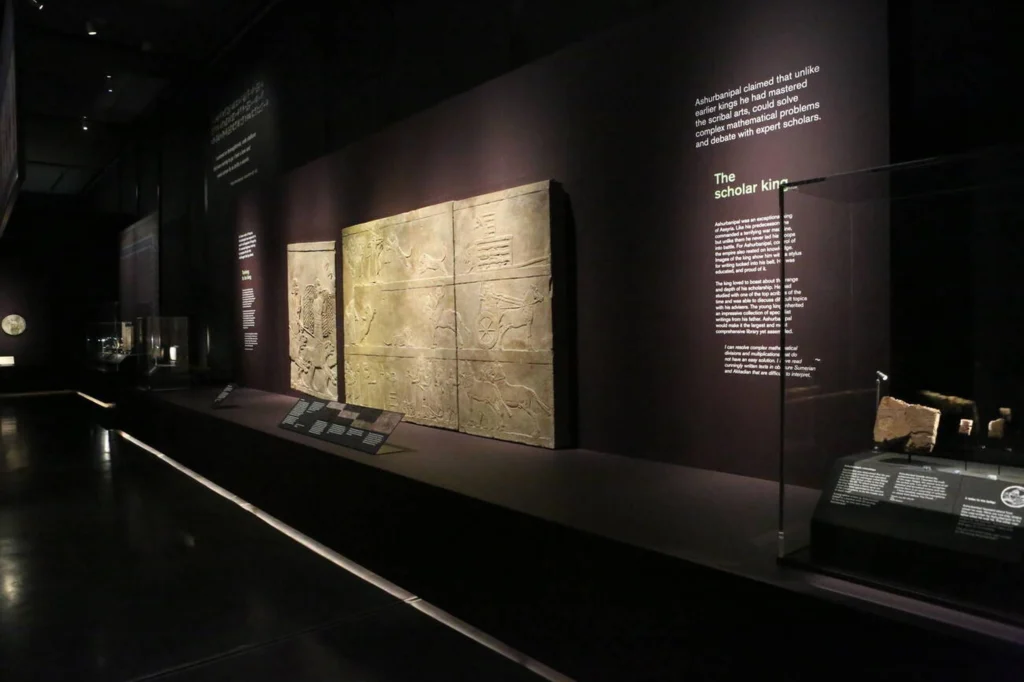
Iconic Elamite Rulers
The Elamite civilization produced rulers whose conquests and cultural contributions defined its legacy. Here are the most notable kings who shaped Elam’s history.
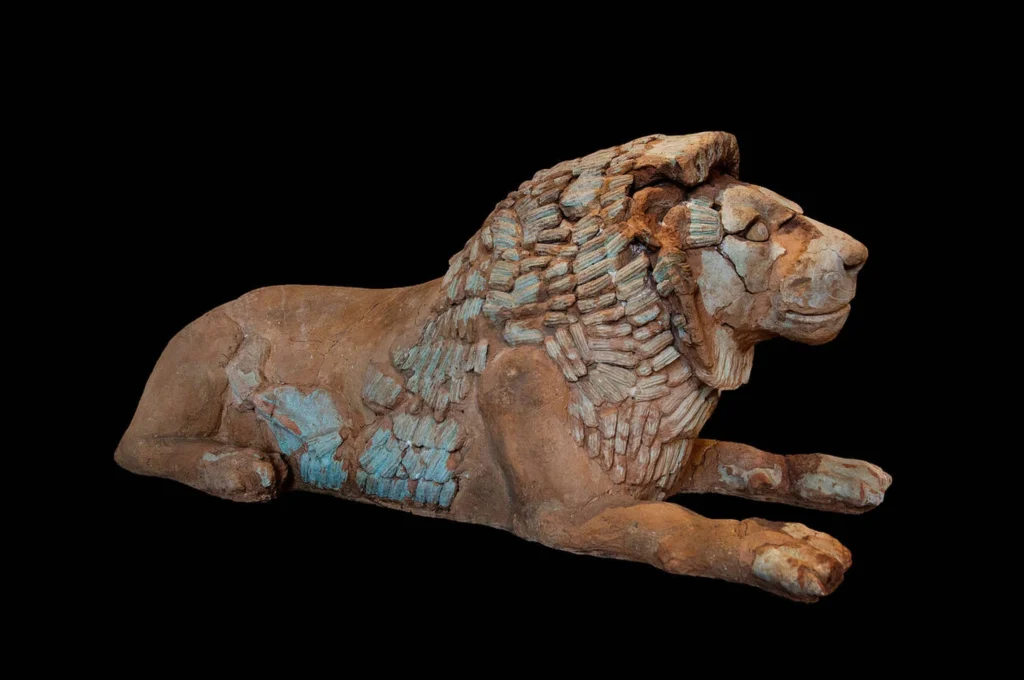
Kutik-Inshushinak (2240–2220 BCE)
Kutik-Inshushinak, the last king of Old Elam, ruled from 2240 to 2220 BCE. His reign is documented in numerous tablets written in Elamite and Akkadian, showcasing early administrative sophistication. His leadership strengthened Susa as a political center, laying the foundation for future expansion.
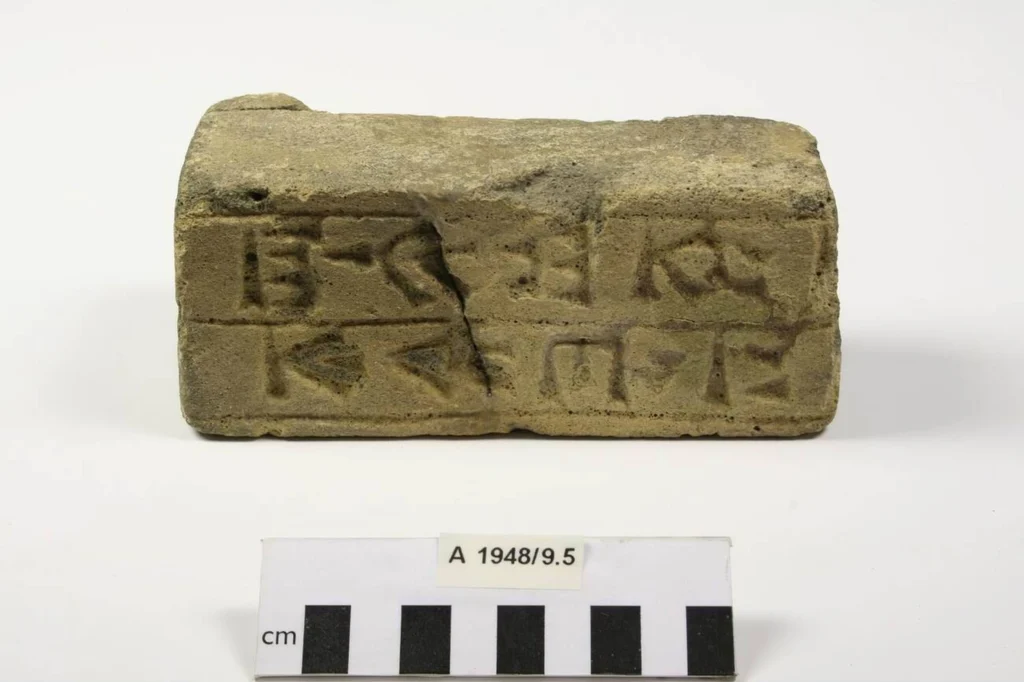
Shutruk-Nahhunte (1185–1155 BCE)
Shutruk-Nahhunte, a Middle Elam king, reigned from 1185 to 1155 BCE and elevated Elam to new heights. His conquest of Babylon was a defining moment, during which he seized the Stele of Hammurabi and the statue of Marduk, Babylon’s chief deity.
These treasures were brought to Susa, symbolizing Elam’s supremacy. Shutruk-Nahhunte also built numerous temples, enriching Elam’s religious landscape.
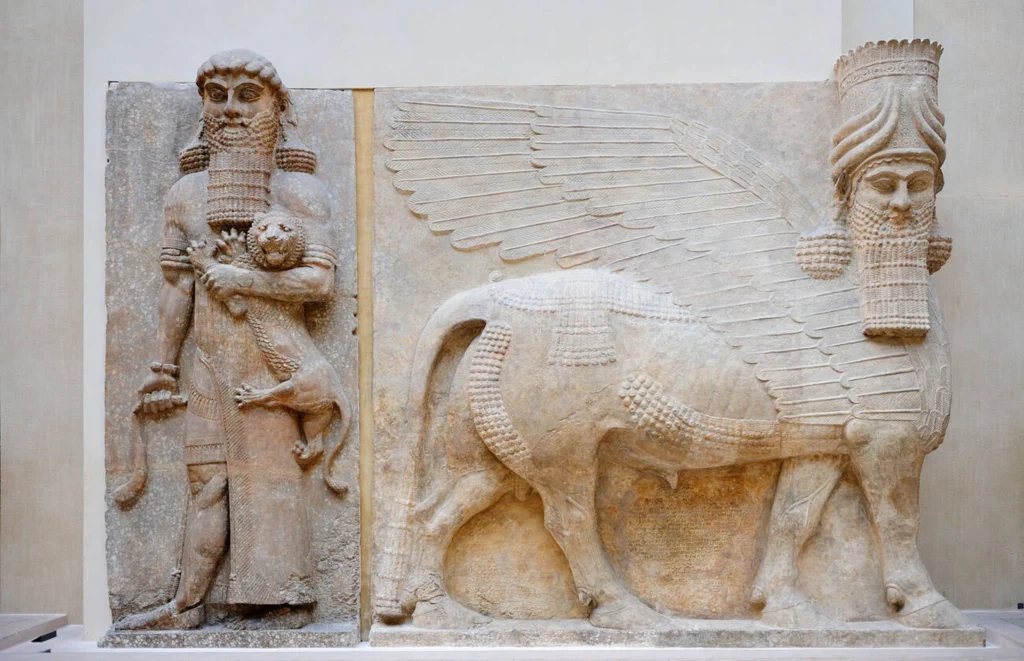
Kutir-Nahhunte II (circa 1155 BCE)
The son of Shutruk-Nahhunte, Kutir-Nahhunte II played a key role in consolidating Elam’s hold over Babylon. In 1157 BCE, he quelled a Babylonian revolt, ending the Wkassite** dynasty. His military prowess ensured Elam’s dominance in Mesopotamia, cementing his father’s legacy.
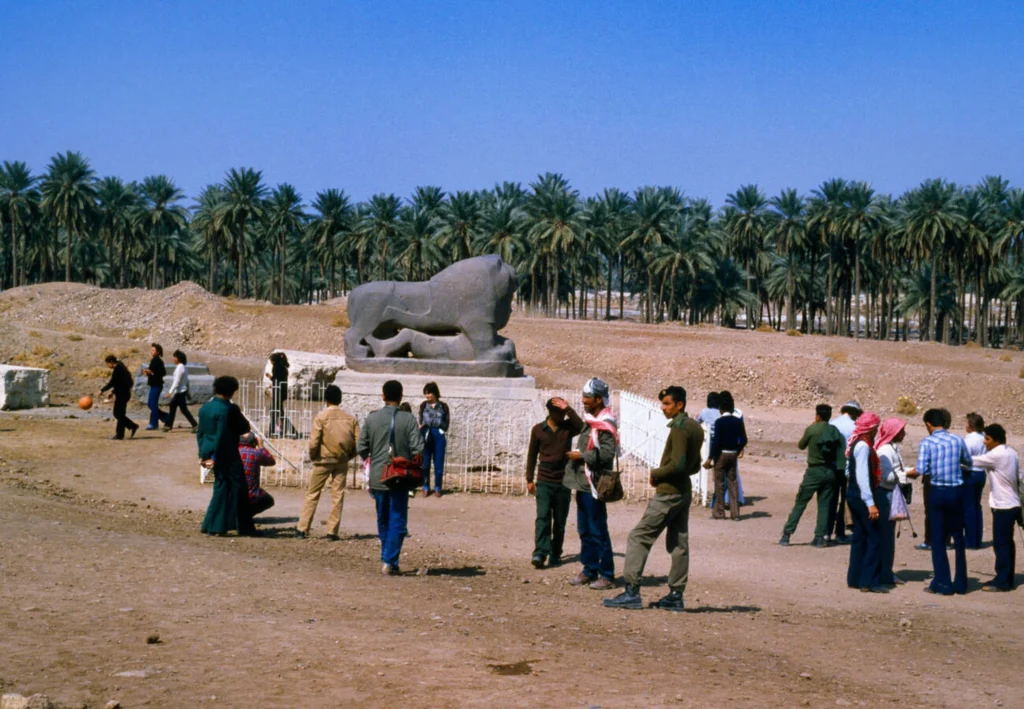
Shilhak-Inshushinak (1150–1124 BCE)
Another son of Shutruk-Nahhunte, Shilhak-Inshushinak ruled from 1150 to 1124 BCE. His reign focused on military expansion, with campaigns that secured Diyala and Kirkuk. He besieged Babylon, amassing significant spoils. Under his rule, Elam controlled southwest Iran and the Persian Gulf, achieving unprecedented territorial unity.
Elamite Culture and Beliefs
The Elamites developed a rich cultural and religious tradition that distinguished them from their Mesopotamian neighbors. Their beliefs and artistic expressions offer a window into their worldview.
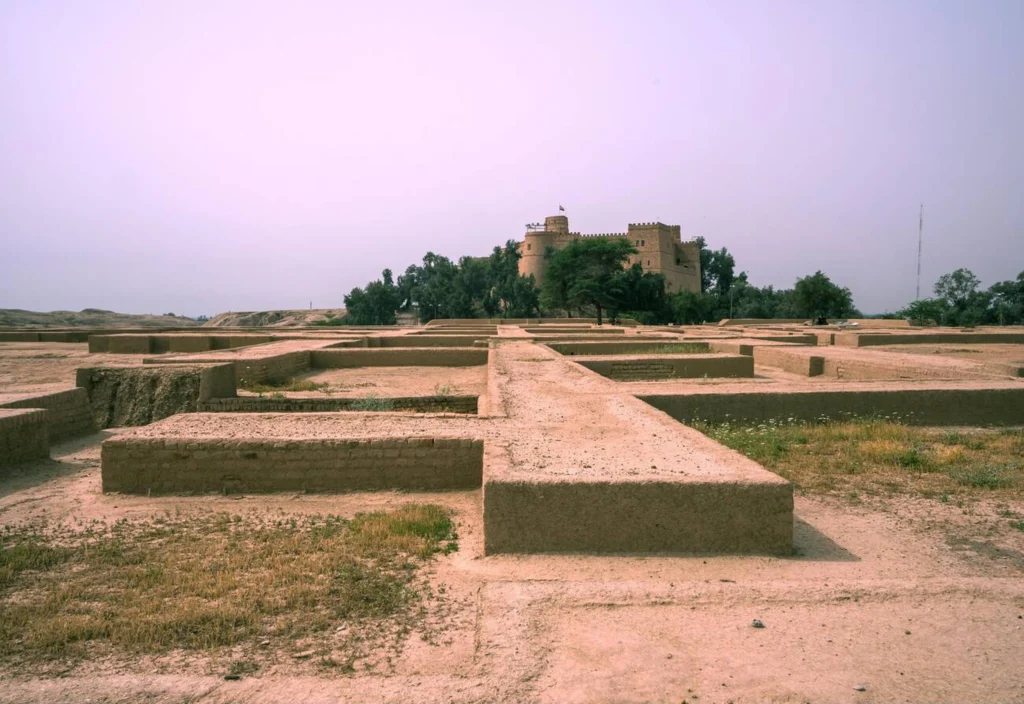
Religion in Elam
Elamite religion centered on a complex pantheon, with Inshushinak, the guardian deity of Susa, revered by kings and priests. Six major gods followed, alongside spirits tied to specific places. Like the Babylonians, the Elamites crafted statues of their deities, believing that moving a statue transferred the god’s presence to a new location.
Early Elamites venerated natural elements, such as trees, animals, the sun, moon, and stars. Over time, their deities evolved, with hybrid figures combining human and animal forms, such as human-headed lions symbolizing protection. Later, gods were depicted in human form, each with distinct roles and names, reflecting a sophisticated theology.
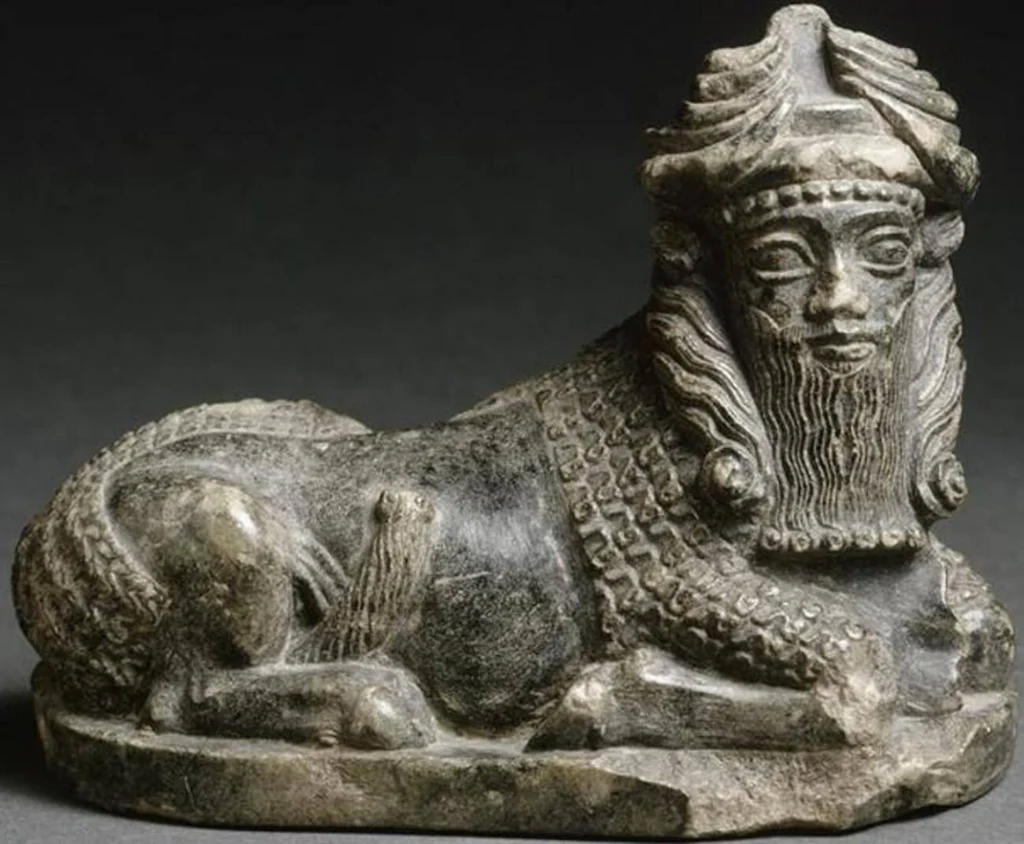
Language and Script
The Elamites spoke Anzanite, a language unique to their region, though Sumerian and Semitic languages were also used. By 1500 BCE, Anzanite regained prominence, becoming the primary language of administration and daily life.
The Elamites employed cuneiform script, adapted from Sumerian but distinct in its symbols and structure. Unlike Babylonian cuneiform, Elamite script required specialized knowledge, underscoring the civilization’s intellectual independence.
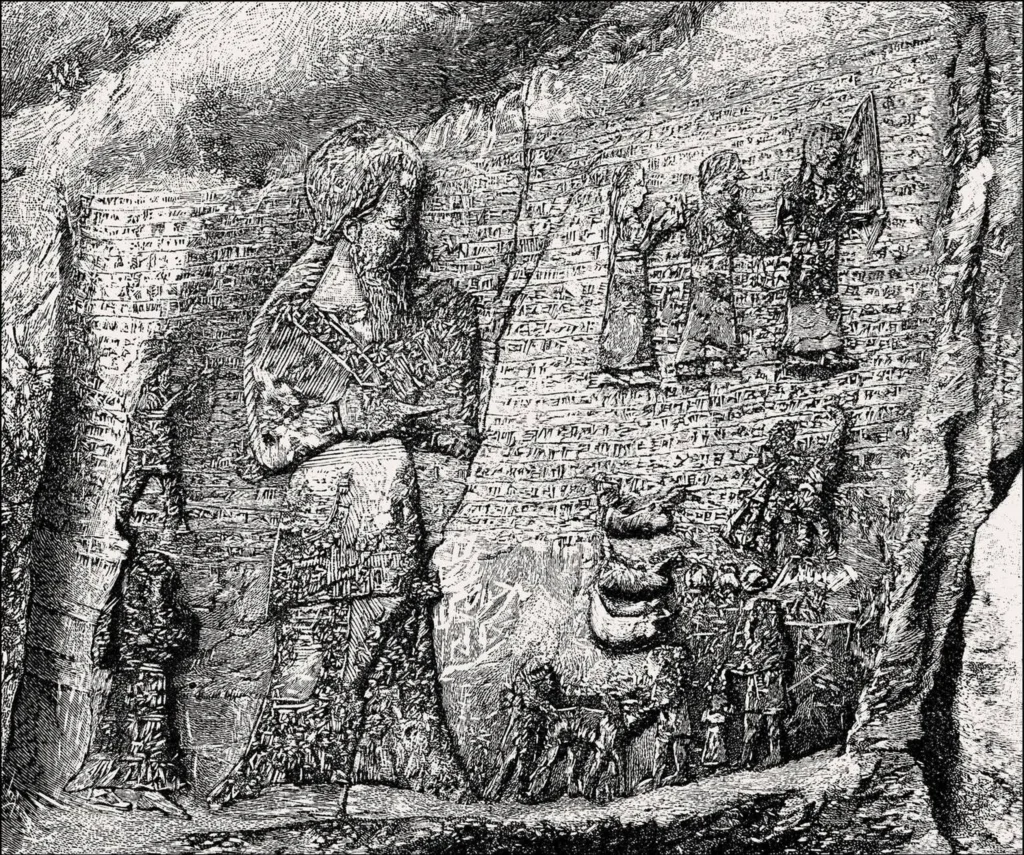
Art and Architecture
Elamite art blended local and Mesopotamian influences, evident in intricate reliefs and monumental structures. The Ziggurat of Chogha Zanbil, built by Untash-Napirisha, showcases advanced engineering with its terraced design and glazed brickwork. Reliefs, such as those at Kul-e Farah, depict rituals and rulers with remarkable detail, reflecting a vibrant artistic tradition.
Archaeological Wonders of Elam
Despite Ashurbanipal’s destruction, several Elamite sites survive, offering travelers a chance to connect with this ancient civilization. Here are the must-visit landmarks.
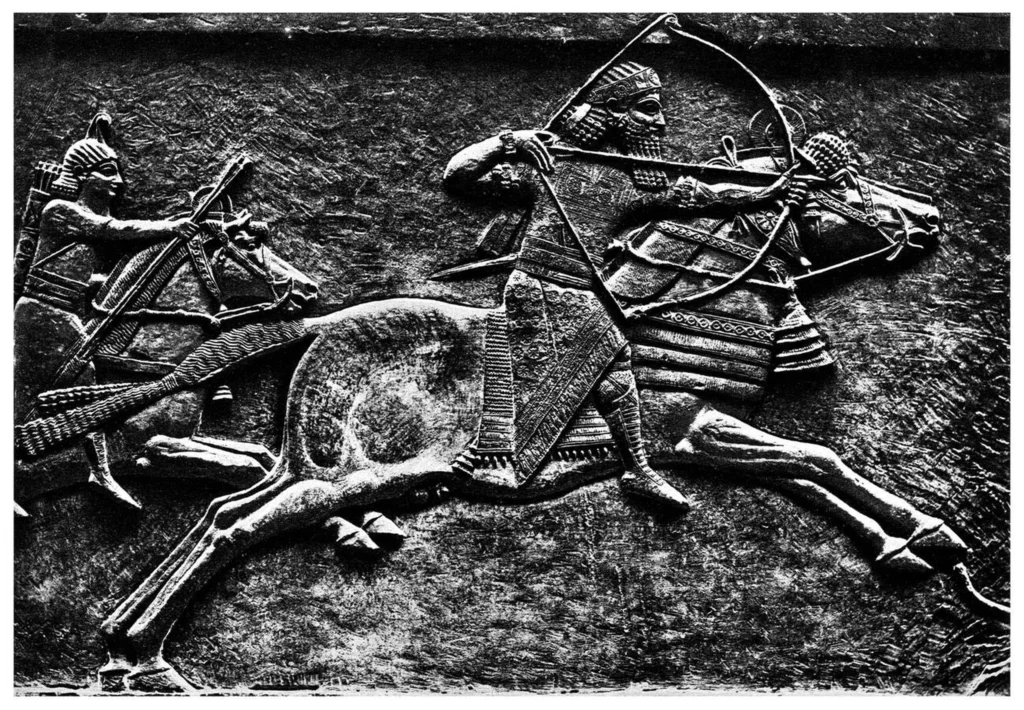
Ziggurat of Chogha Zanbil
Located 40 kilometers southeast of Susa, the Ziggurat of Chogha Zanbil, also known as Dur-Untash, is a UNESCO World Heritage Site. Built by Untash-Napirisha around 1250 BCE for Inshushinak, this five-tiered structure rivals Sumerian ziggurats in scale and craftsmanship. Its stepped design, adorned with glazed bricks, reflects Elamite architectural prowess. Though damaged by Ashurbanipal, its restored form draws global visitors.
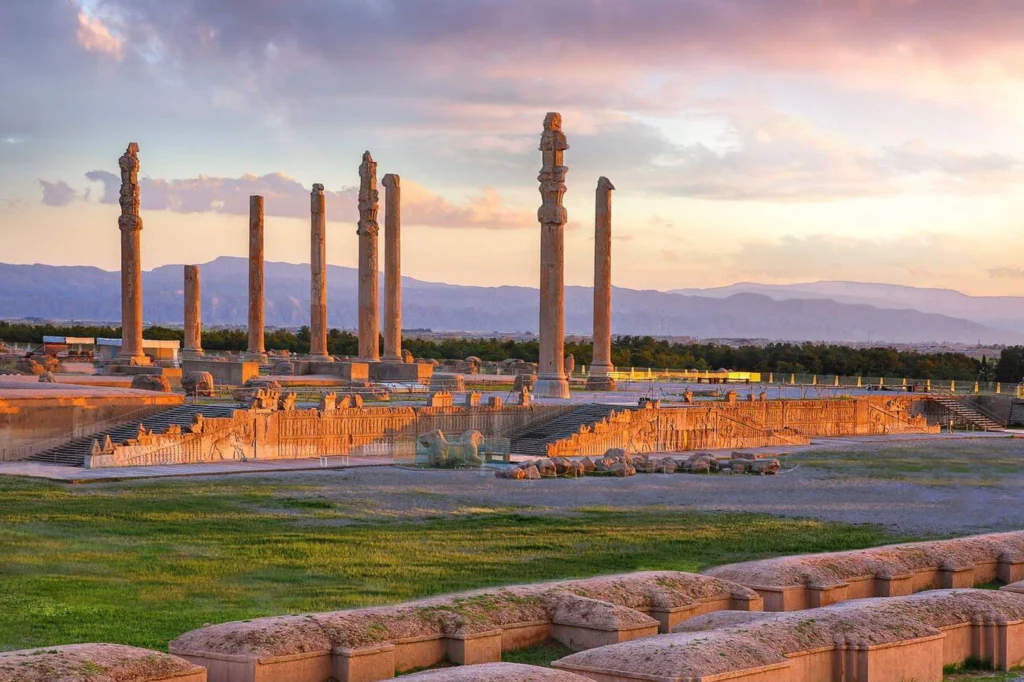
Kul-e Farah Reliefs
Seven kilometers from Izeh, the Kul-e Farah reliefs offer a stunning glimpse into Elamite ritual life. These six rock reliefs, dating to the Middle Elam period, depict ceremonies led by Hanni, a contemporary of Shutruk-Nahhunte.
The first relief shows Hanni performing a sacrifice, accompanied by musicians. Others portray processions, offerings, and divine statues, with intricate details that echo Persepolis’s later artistry. The third relief, crowded with figures, captures the grandeur of Elamite gatherings.
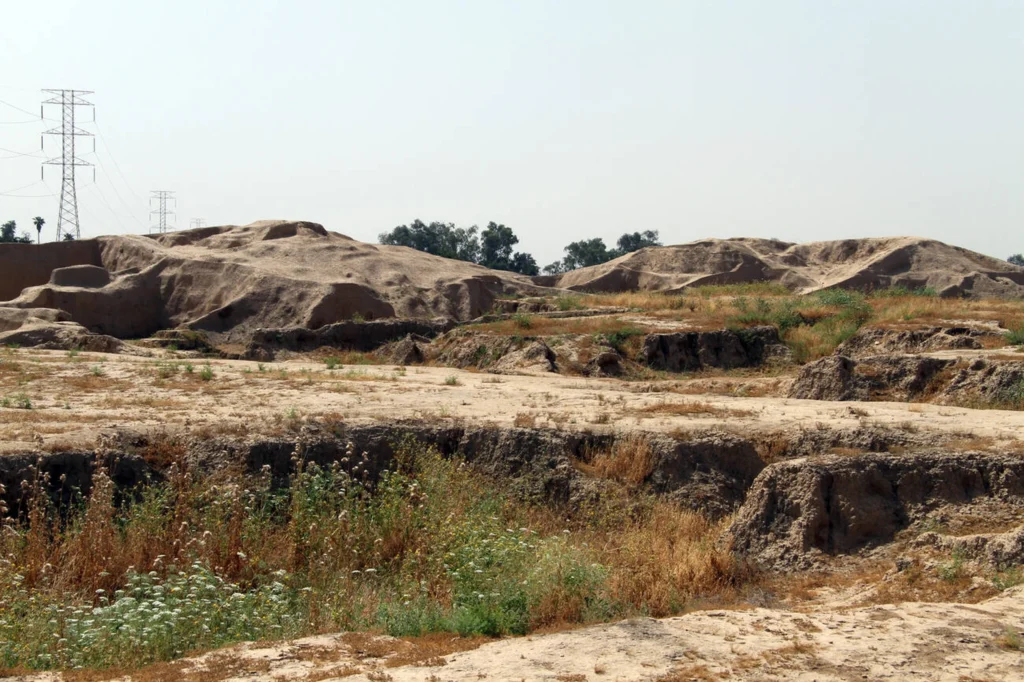
Haft Tappeh
Situated 10 kilometers southeast of Susa, Haft Tappeh was a major Elamite city during the Neo-Elam period, around 1500 BCE. Linked to King Tepti-Ahar, it served as a political hub. Excavations revealed a royal tomb with a vaulted ceiling, a rare architectural feature. Though ravaged by Ashurbanipal, Haft Tappeh’s ruins provide insights into Elamite urban planning and governance.
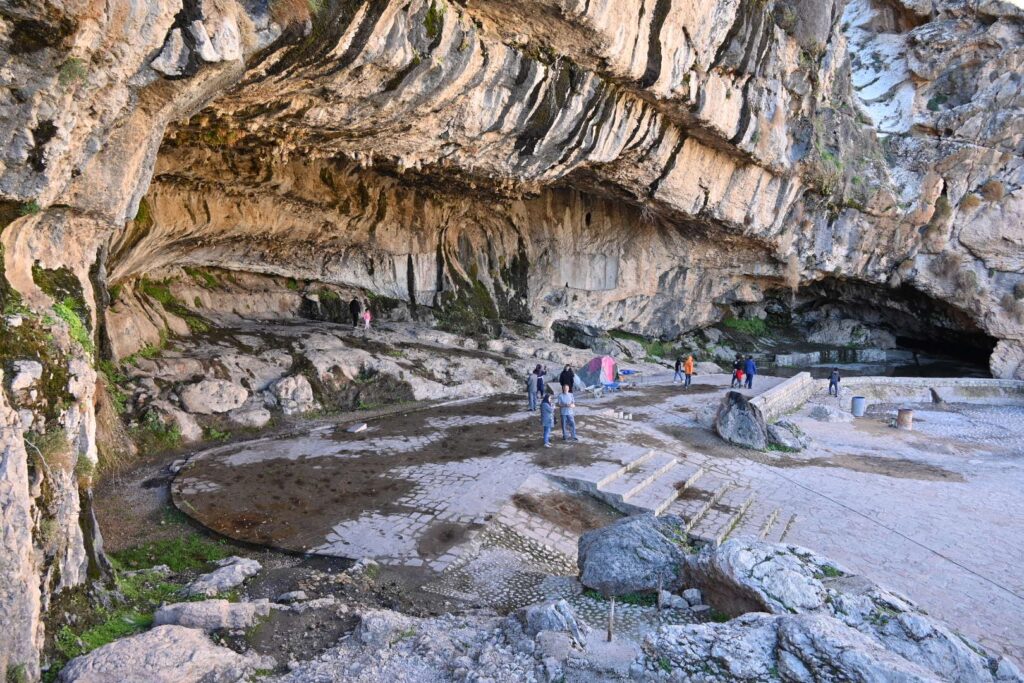
Eshkaft-e Salman
In southern Izeh, Eshkaft-e Salman houses four Elamite reliefs from the reign of Hanni, king of Ayapir. These depict Hanni’s devotional ceremonies, with one notably featuring a woman alongside men, a rare depiction in ancient art. A large cuneiform inscription, the most significant of its kind, details Hanni’s reign. The site’s serene setting enhances its historical allure.
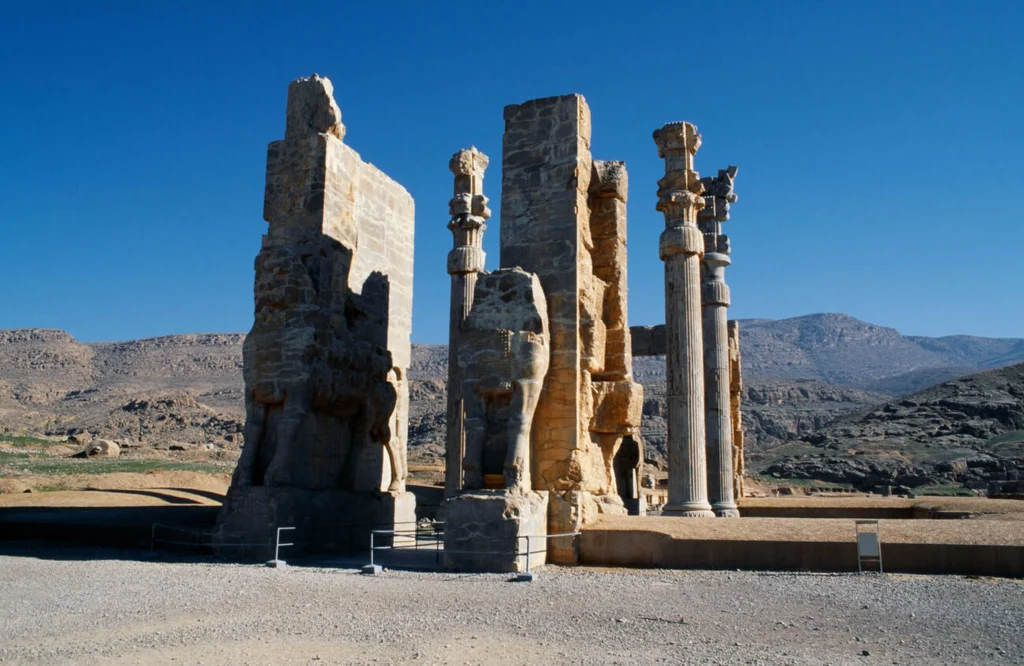
Planning Your Visit to Elamite Sites
Exploring Elamite sites requires careful preparation, especially for first-time travelers to Iran. The best times to visit are spring (March–May) and autumn (September–November), when temperatures are mild.
Obtain a tourist visa through Iran’s embassies or authorized agencies, ensuring all paperwork is complete. Guided tours, available in Tehran, Shiraz, or Ahvaz, offer expert commentary on sites like Chogha Zanbil and Susa. Dress modestly, respect local customs, and carry cash, as international cards are rarely accepted.
BOOK ONLINE
Shiraz Hotels
Accommodations near Susa and Izeh range from budget guesthouses to mid-range hotels. Local cuisine, featuring kebabs and stews, enhances the travel experience. Hiring a local guide ensures safe navigation and deeper historical context, particularly at remote sites like Kul-e Farah and Eshkaft-e Salman.
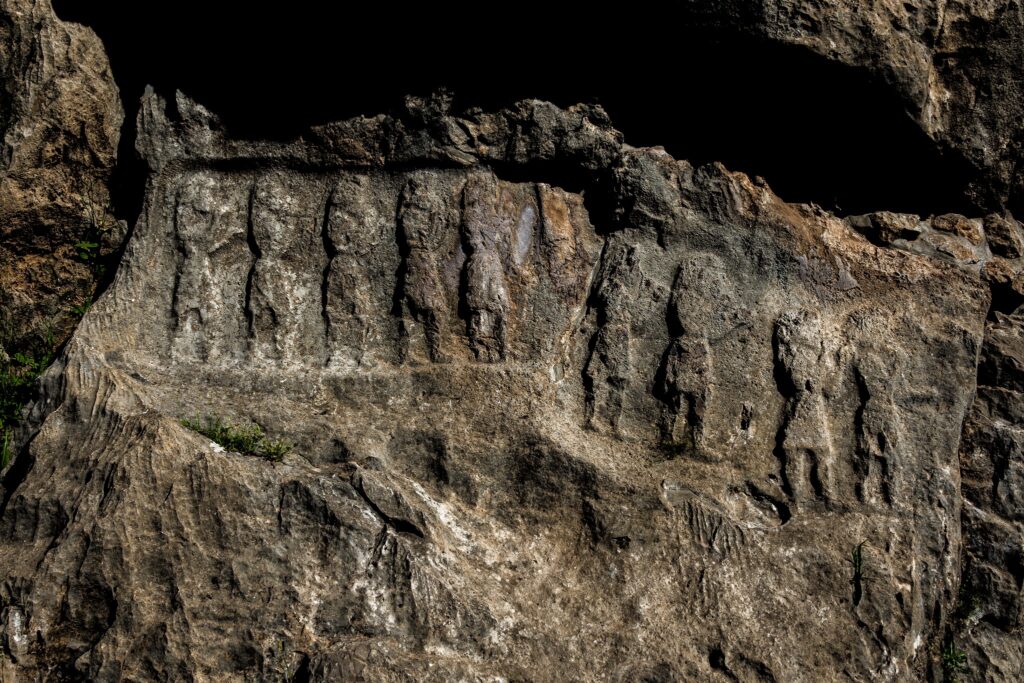
The Enduring Legacy of Elam
The Elamite civilization, though extinguished by Ashurbanipal in 640 BCE, left an indelible mark on history. Its conquests, from Sumer to Babylon, reshaped the ancient Near East, while its architectural and artistic achievements inspired successors like the Achaemenids. Sites like Chogha Zanbil and Kul-e Farah stand as testaments to Elam’s ingenuity, inviting travelers to uncover its stories.
Visiting these ancient landmarks connects you to a civilization that thrived for millennia. Share your reflections on the Elamite legacy with fellow explorers at OrientTrips, and let the wonders of ancient Iran inspire your next adventure.
Frequently Asked Questions
What is the Achaemenid Empire known for?
The Achaemenid Empire is renowned for being the world’s first empire, founded by Cyrus the Great, with vast territories, tolerant governance, and iconic sites like Persepolis.
Where can I visit Achaemenid sites in Iran?
Key sites include Persepolis, Pasargadae, Naqsh-e Rustam, Behistun, and Susa, all accessible with guided tours.
When is the best time to visit Iran’s Achaemenid sites?
Spring (March–May) and autumn (September–November) offer mild weather for exploring Persepolis and other sites.
How do I get a visa for Iran to visit Achaemenid sites?
Apply for a tourist visa through Iran’s embassies or authorized agencies, ensuring all documents are prepared.
What is the significance of the Cyrus Cylinder?
The Cyrus Cylinder highlights Cyrus the Great’s humane policies, showcasing his respect for conquered peoples.


